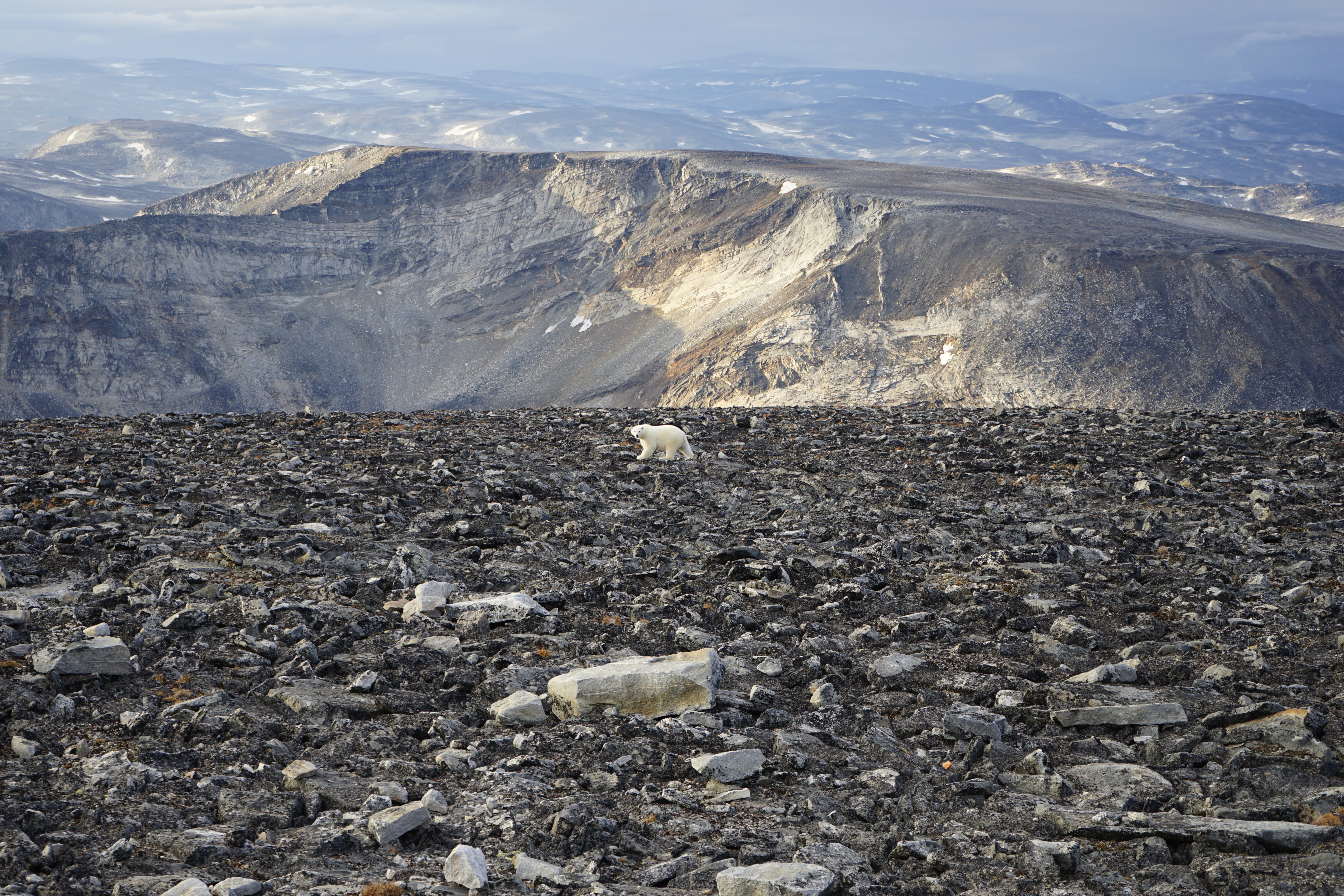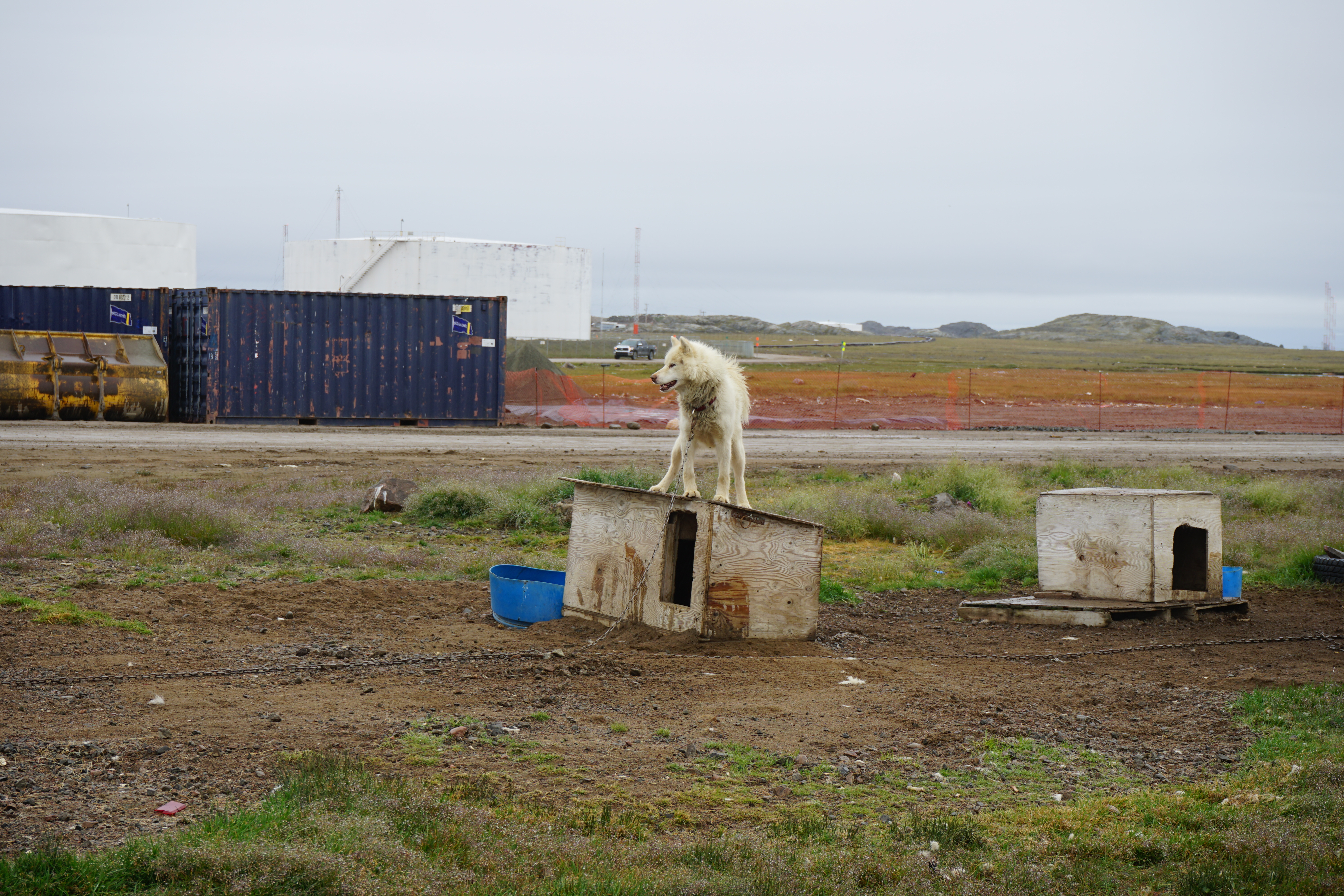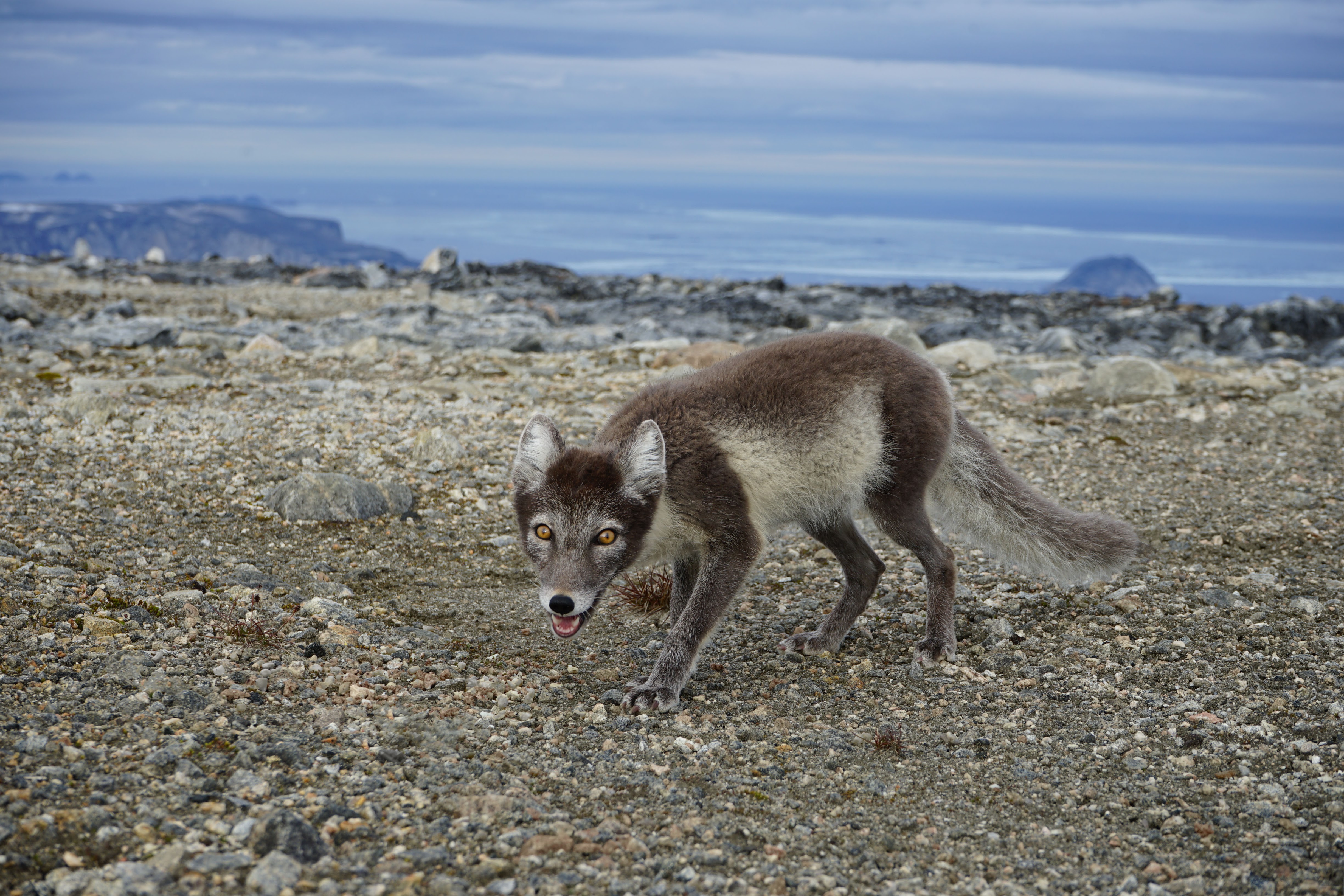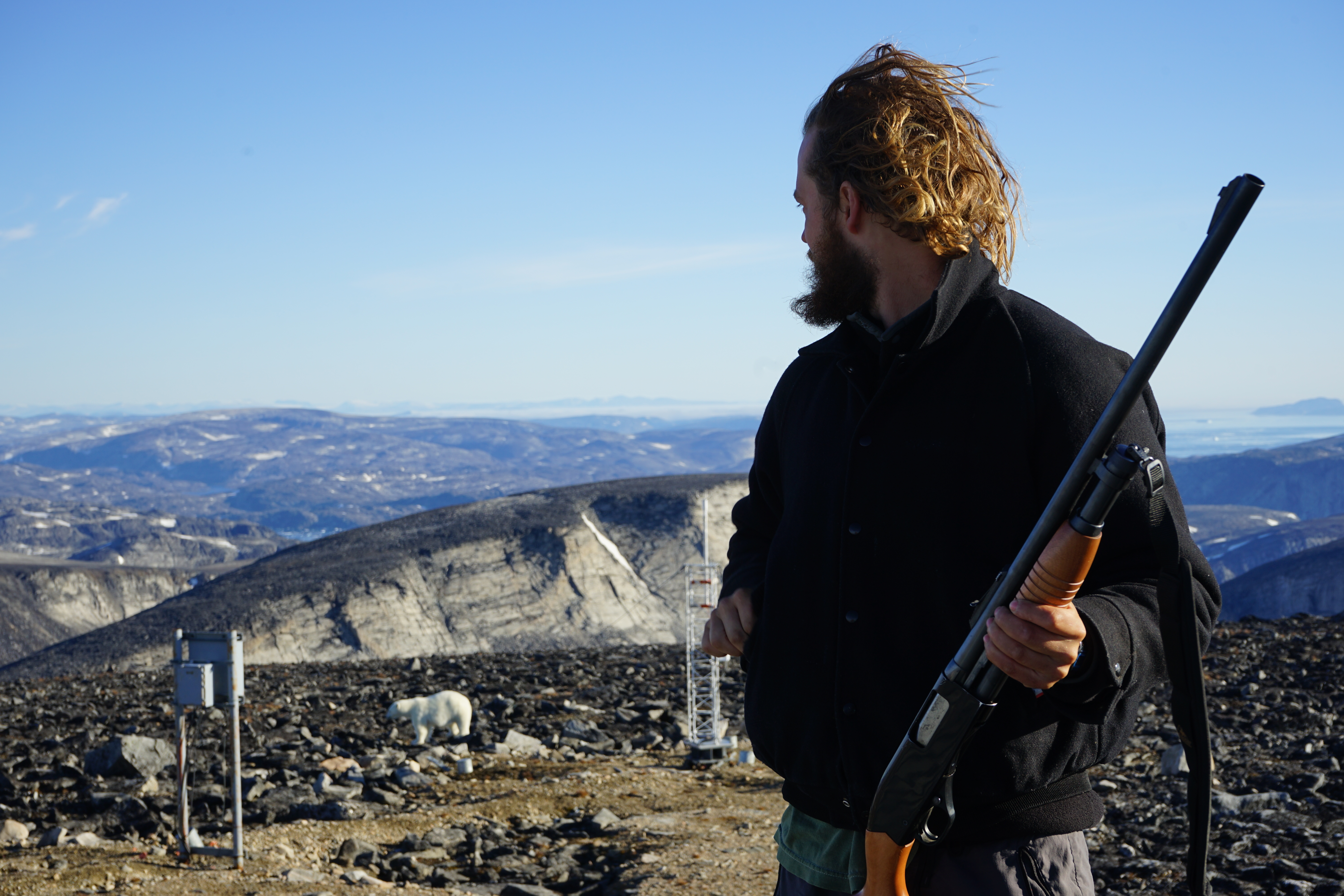I Guarded an Arctic Base Against Polar Bears at the Frontline of the Apocalypse
Credit to Author: Duncan Ferguson| Date: Thu, 28 Sep 2017 15:00:00 +0000
In mid-August I flew over the barren arctic mountains of Baffin Island, in the Inuit territory of Nunavut, in a Cold War era helicopter. I was the new bear monitor en route with six maintenance technicians to a North Warning System radar station, part of an array that spans North America’s Arctic circle. Originally named the DEW Line (Distant Early Warning), it was the first line of defence against a Soviet attack: an early warning system for apocalypse.
The DEW Line was built jointly by Canada and the US in 1957, and is still a key component of the North American Aerospace Defense Command. While the DEW Line was designed to watch North America’s back for the Russian Bear, my job was to watch the workers’ backs for polar bears.

These animals are skilled, patient, and intelligent predators. If they decide to hunt you, they will watch from a distance for days at a time, memorizing your routines in order to attack when you are most vulnerable. Killing one is serious business. Shotguns are only accurate when the animal is close enough to charge, and even then there are accounts of slugs bouncing off their thick skulls. (In Canada, it’s legal to hunt polar bears, which are considered a species of special concern.)
In a confrontation with a polar bear, there is some risk of mutually assured destruction. Even if you succeed, killing one automatically merits a police investigation. While I’m a pretty good shot, I had never killed an animal with a shotgun before taking this job. And who wants to kill a polar bear anyway?
The author shoots a rifle into the air to frighten off a polar bear. Video: Kate Lunau/YouTube via Patrick Lampman
I was hired through a layer cake of subcontractors hired by Raytheon (a major US defence contractor). My role conjured up some mix of Dr. Strangelove and the Australian game warden from Jurassic Park.
My qualifications were years spent planting trees in the Canadian northwest, where bear encounters can happen daily. Now I found myself on a Sikorsky chopper with a 30-year-old Winchester pump action shotgun, which I’d modified to hold more shells. I had just purchased the gun, in what northerners refer to as the south, shortly before the work contract began. You can imagine the reaction in the gun shop days before I left for the Arctic, when I told them what it was for.

The unmanned station consists of three big radar domes, a helipad, and a small building, all raised off the ground on eight-foot stilts. For the two weeks I was stationed there, I and the other six workers slept inside the building with the deafening hum of three diesel generators. We defecated in an incinerator toilet behind a curtain, and we bathed with a stockpile of baby wipes—no real showers. We ate in a ground-level cook shack made of a repurposed carport, and our cooking wafted the smell of fried bologna and Campbell’s soup in all directions.
I had been expecting flat terrain and a sight line of kilometres in all directions, giving ample warning of any approaching bears. Instead, the station was on an oceanside mountaintop flanked on three sides by towering cliffs, meaning any approaching bear would be hidden until it crested a ridge at the dangerous proximity of seventy-five yards.
My daily routine consisted of getting up at 7 AM, analyzing the weather conditions, and guarding the workers while they descended to the cook shack for breakfast. Fog or low cloud makes bears nearly invisible, so we only went out in good visibility.

Weather in the Arctic is unpredictable. We waited three days just to get the go-ahead to fly to the site from Iqaluit, and were prepared to be stuck there for up to two months. Some of the guys recalled being stuck for three weeks after they had completed a project; they were relegated indoors killing time with whatever old issues of Popular Mechanics were laying around.
Most days were sunny with a chill wind that got into your bones. Everyday I was in a camo balaclava, fingerless mitts, and a ton of wool. On my belt I carried a pair of binoculars and big knife, which would prove laughable in any bear confrontation, but felt comforting nonetheless. While I paced around the radar domes in a circle, I think I experimented with every conceivable way to carry a gun. The question of whether I could perform under pressure in a potential polar bear attack, and shoot at the exact right moment, lingered in the back of my mind.
Read More: A Nuclear-Powered US Military Ice Base Will Resurface as the Arctic Melts
I cannot express the simultaneously dangerous yet lethally dull nature of this job. I was either waiting for a confrontation with the world’s largest land predator, or doing nothing at all.
I had spent so much time scanning the distant ridges for a lumbering white mass that the bears had become almost a figment of my imagination. One of the guys liked to sleep with the door open, meaning the only thing between us and the white monster was a set of steel grate stairs the bears reportedly “don’t like.” Thoughts of bears permeated my dreams.
During long periods of isolation, I was told it is the bear monitor that usually cracks first. After a week I could see why. I would almost do anything to see a bear.
It wasn’t until the last morning, after uneventful two weeks, when, brushing my teeth at sunrise, I really got what I wanted.

Breath visibly huffing out of its slack open mouth, I watched the silhouette of a humongous white mass crest the ridge where I had been target practicing days before. This thing lumbered confidently over the boulders and, clearly operating on his own schedule, approached us without the slightest concern.
Watching its powerful mass settle on every step, I was able grasp the scale and power of the thing I was hired to contend with. I snapped a photo that would never do this animal justice, put down my camera, and picked up my gun.
Polar bears’ tragic flaw is their curiosity. A by-product of their intelligence, they often put themselves in mortal danger just by being curious. This is the most important thing to recognize as a bear monitor, and to always opt for deterrence. After I got a good look at its girthy yellow canines, the enormous black claws protruding from its paws, and ultimately the whites of its eyes, it was obvious that there was only a short flight of stairs separating us.
Shotgun pointed at the sky, I squeezed off a round, sending him only a dozen yards away before he immediately resumed tramping around, as if he was in charge.
The chopper landed an hour later, and we went home.
Get six of our favorite Motherboard stories every day by signing up for our newsletter.